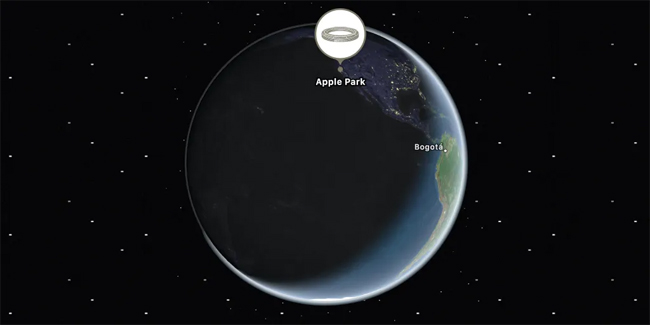iPhone 13 models will support low-earth-orbit satellite communication mode, according to Ming-Chi Kuo.
Ming-Chi Kuo recently shared that Apple’s upcoming iPhone 13 models will feature a low-earth-orbit (LEO) satellite communication mode.

Apple’s iPhone 12 models had been a massive sales hit for the company thanks to the launch of 5G. It seemed Apple wanted to keep the momentum by adding another new radio technology to the iPhone models this year.
Kuo said in an investor note that he expected Apple’s upcoming iPhone 13 models to feature a “low-earth-orbit (LEO) satellite communication” mode.
The said feature would allow an iPhone 13 user to make phone calls and send messages even when they weren’t within standard 4G/5G cell tower coverage.
Bloomberg first reported Apple’s investigations into using satellite technology in order to beam data to iPhones in a story from 2019. However, this was the first time that the said feature was coming as part of the iPhone 13 lineup.
Kuo speculated that LEO satellite communication may also be used by the upcoming Apple AR headset, the Apple Car, and other Internet-of-Things accessories in the future.
READ ALSO: Instagram To Start Requiring Users To Confirm Their Birthdays Amidst Youth Safety Push
According to Kuo, the iPhone 13 models will use a customized version of the Qualcomm X60 baseband modem chip and the said chip will support communications over satellite.
It’s unclear if making calls and sending messages over satellite would only work with Apple services such as FaceTime and iMessage, whether it would be limited to like a “special emergency messaging mode” only meant to be rarely used, or if Apple could proxy satellite communications to standard cell towers on the other end.
Also, it’s unclear if satellite features would be free of charge or would come with associated usage charges.
9to5Mac reported that Apple was expected to announce the iPhone 13 lineup in September and the phones will largely resemble the existing iPhone 12 lineup in form factor and screen size.
For more news and updates, you may feel free to visit this site more often. You may also visit Newspapers.ph via our official Facebook page and YouTube channel.
